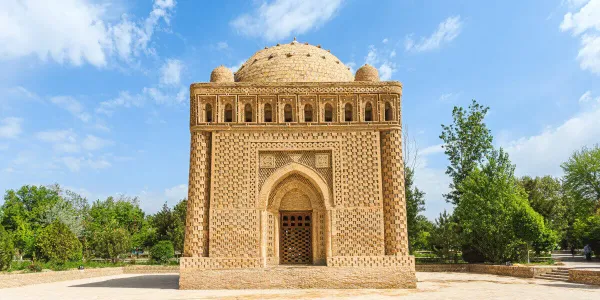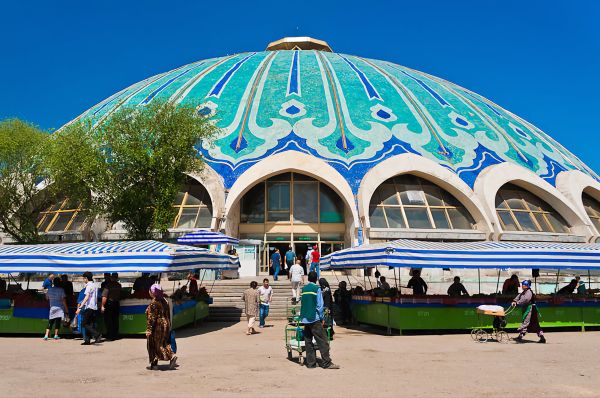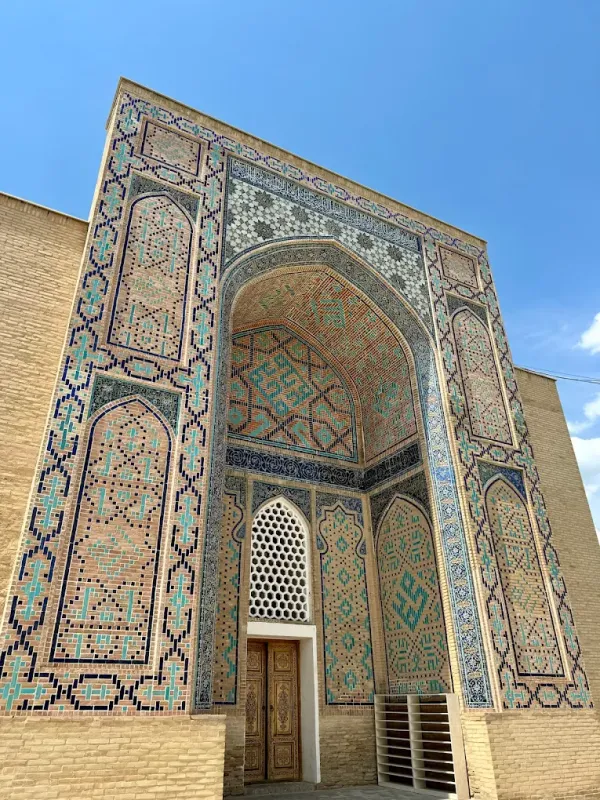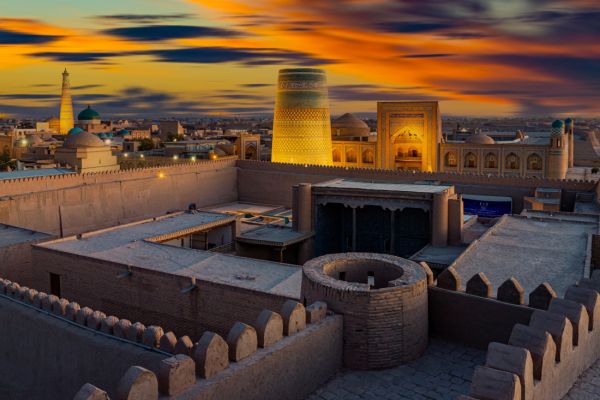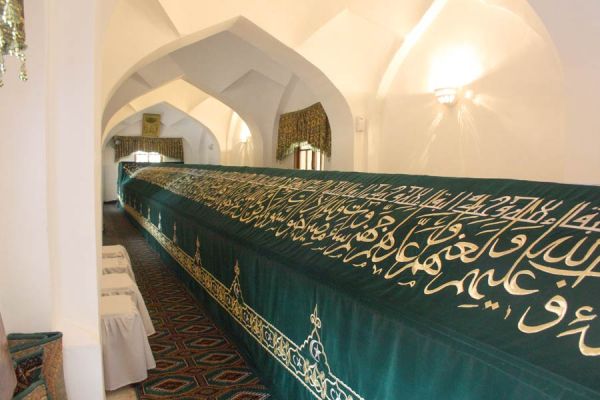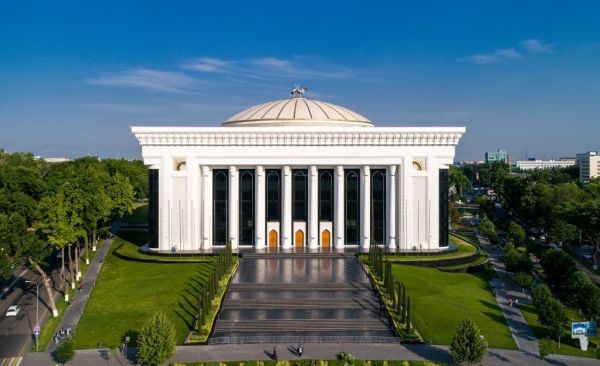The Mausoleum of Abdi Darun
The Abdi-Darun Memorial ensemble originated in the 12th century at the mausoleum of Khoja Abdi, or Abd-al Mazeddin. According to legend, Sheikh Abdi-Darun arrived in Samarkand from the Arab Peninsula in the 9th century and, being an expert in the Koran and Sharia, served as a judge here. The addition "Darun" means "internal" and indicates that his grave is located inside the city wall of Samarkand.
The mausoleum of Abdi Darun, built in the 12th century, was renovated in the 15th century. The restoration has changed the mausoleum so much that it is completely unknown what it looked like in ancient times. Today it is a small square structure with a pyramidal dome. The interior of the mausoleum is modest, there are no gold paintings or ceramics. Almost its entire area is occupied by a large tombstone.
In the 15th century, a ziarathana (a place for worship - ziarat) appeared next to the mausoleum. There is a large pond ("house") near the mausoleum of Abdi Darun around which ancient plane trees grow. As before, the flow of pilgrims to the sheikh does not stop. People come here to pray, tell about their problems and ask for their resolution.

